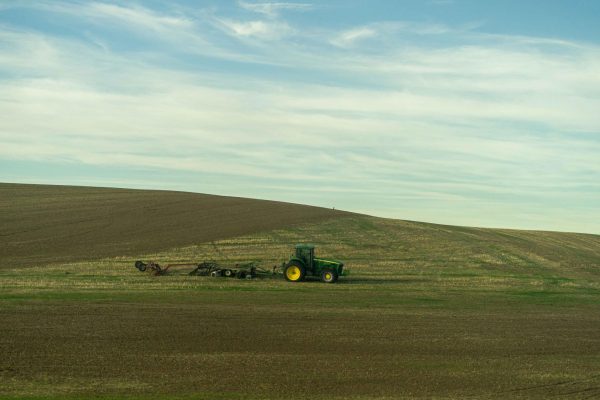
In Walla Walla, a region famed for its agriculture and wine, farms employ a range of cultivation and management techniques. From cutting-edge sustainable practices to time-honored methods that underpin the local economy. Yet, as environmental and public health grow, farmers are grappling with many challenges — spanning crop types, resource inputs, market demand, operational scale and consumption patterns — that often undermine even the most innovative sustainable efforts.
Walla Walla Farms Navigate the High Stakes of Sustainable Innovation
A sustainable agriculture movement in Walla Walla has been growing over the past two decades. Practices aimed to enhance soil health, reduce waste, minimize synthetic inputs and promote local and community food systems, have been increasingly adopted by farmers. Many local farms in Walla Walla try to operate under organic and low-input systems. However, the implementation of the aforementioned techniques does not come without its challenges. Tom Binder, owner of Crockett Lavender Farm in Walla Walla, said that lavender is inherently sustainable. “Lavender doesn’t require fertilizer at all, and it thrives with minimal water,” he explains. “We also don’t use any pesticides since lavender is highly sensitive to them.”
“Crockett farms’ sustainable practices go beyond cultivation, as they repurpose plant residues into compost, horse bedding and soothing agents,” says Binder.
Similarly, the owner of Welcome Table Farm, Emily Asmus, discusses a holistic approach to sustainability through diversification of practices, including crop rotation, hedgerows and manual weed control. “We graze animals, use no pesticides or herbicides, and rely on scouting and manual labor to manage pests,” Asmus said.
The farm’s distribution methods also reflect its sustainability ethos, as most harvested food is sold within the same week, with packaging solutions that prioritize reusability. “We use returnable waxed cardboard boxes for CSA produce, and our wholesale bins are returned to the farm,” says Asmus. However, according to the National Center for Biotechnology Information, edible coatings can be used to preserve shelf life of fruits and vegetables, an alternative that is yet to be explored in Walla Walla.
Economic Viability vs Environmental Fragility?
While sustainable practices offer long-term benefits for the environment and the crop itself, the economic burden on small farms can and does become significant.
Binder acknowledges that transitioning to greener technologies can be costly. “We initially used a propane-powered still, but propane became expensive, so we invested in a larger electric still,” Binder said. “We do have a plan of refitting it and making it run on propane in the future.”
However, for agro-farms growing staple crops, the cost-benefit ratio of sustainability is more complicated than just balancing input costs. Farmers across smaller communities like Walla Walla consider not just the environmental sustainability of a crop but also the farm’s economic sustainability. This goes back to finding the balance point where farms can grow crops sustainably and still remain economically feasible. This question underscores a broader dilemma in sustainable agriculture: how to reconcile ecological ideals with financial realities, especially in community-centered regions where smaller farms must compete against large-scale industrial agriculture.
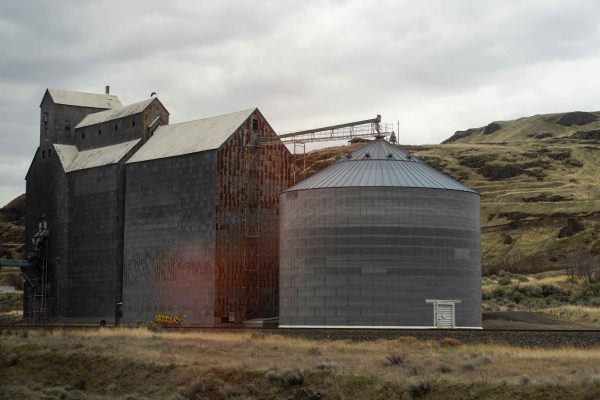
Local Impact and Future of Agro-industry in Walla Walla
Sustainability is not just about individual farms — it is a broader system that involves soil conservation, water management, and community resilience and involvement.
“Agriculture is inherently destructive human practice,” Asmus said. “We’re always trying to improve our methods of production to reduce erosion, conserve water and lessen our environmental impact.”
These concerns are particularly relevant for sustainable production, where farming practices directly impact local water resources and soil health and so the role of small farms in the local economy also contributes to the intersection of sustainability and community well-being. By prioritizing direct-to-consumer sales and local supply chains, these farms contribute to food security and economic resilience. This however is met by the contention that farm-to-table subscription and high costs of ‘organic’ foods make sustainable produce difficult to access in Walla Walla — with median income being $35,862, which is much lower than the Washington median of $47,149. Further, obesity rates are approximately 2-3% higher in Walla Walla as compared to the state of Washington, signifying the disparity in accessing healthy food or contributing to the local sustainable agricultural movement. Additionally, according to a study conducted under the Journal of Cleaner Production, the scalability of these sustainable models, on a larger state-wide or national scale remains uncertain, particularly as consumer expectations, spending discretions and regulatory requirements evolve.
The Role of Other Agricultural-Related Sectors
While lavender and diversified vegetable farming offer insights into sustainable practices, other agricultural sectors in Walla Walla face their own unique challenges and adaptations. For instance, who consumes sustainable produce and how is a challenge yet to be solved.
Sustainable agriculture in Walla Walla is an ongoing effort shaped by crop choice, resource availability, and economic feasibility. While small farms try to work with models of low-input sustainable farming, the broader agricultural sector must contend with structural challenges, including cost barriers, labor intensity, market constraints, consumption patterns and most importantly — access. As local farmers continue to innovate and adapt, a critical conversation persists on how best to balance sustainability with long-term economic security. With more farms exploring renewable energy, waste repurposing and organic techniques, Walla Walla’s agricultural future, as of now, depends on the delicate interplay of ecological responsibility, economic feasibility and wider access.



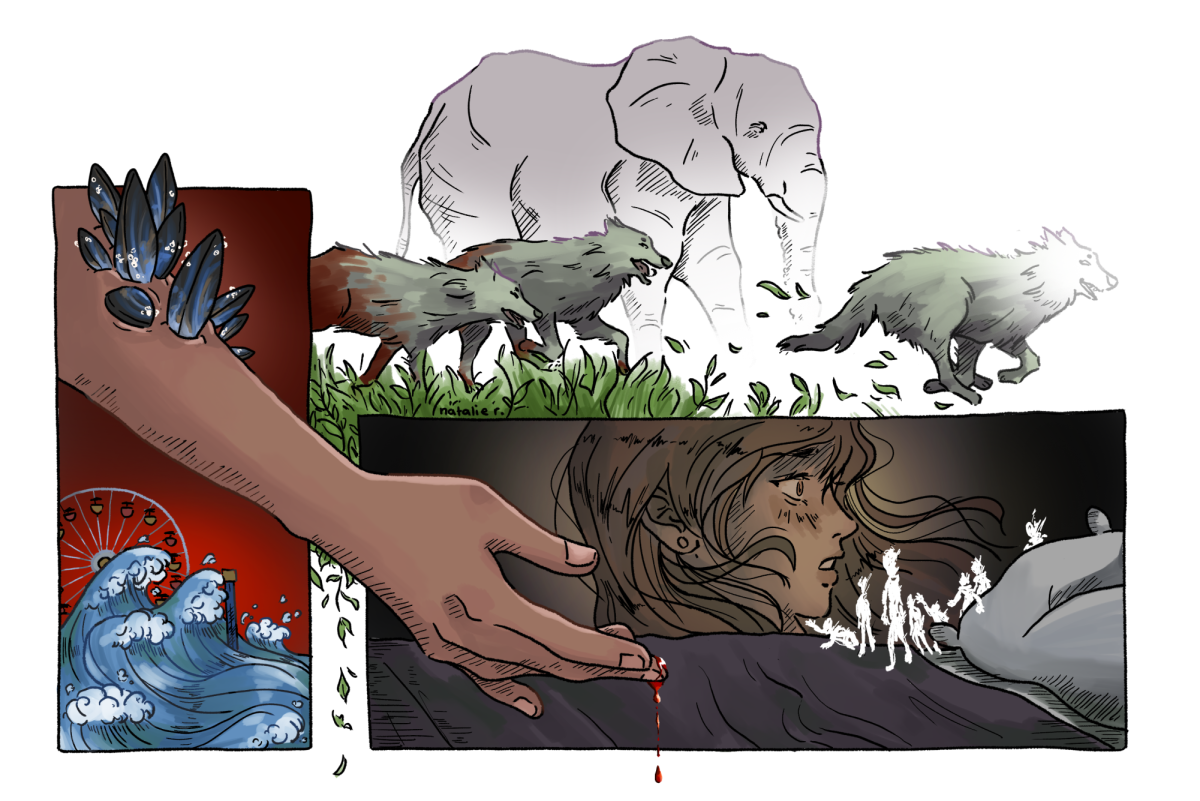
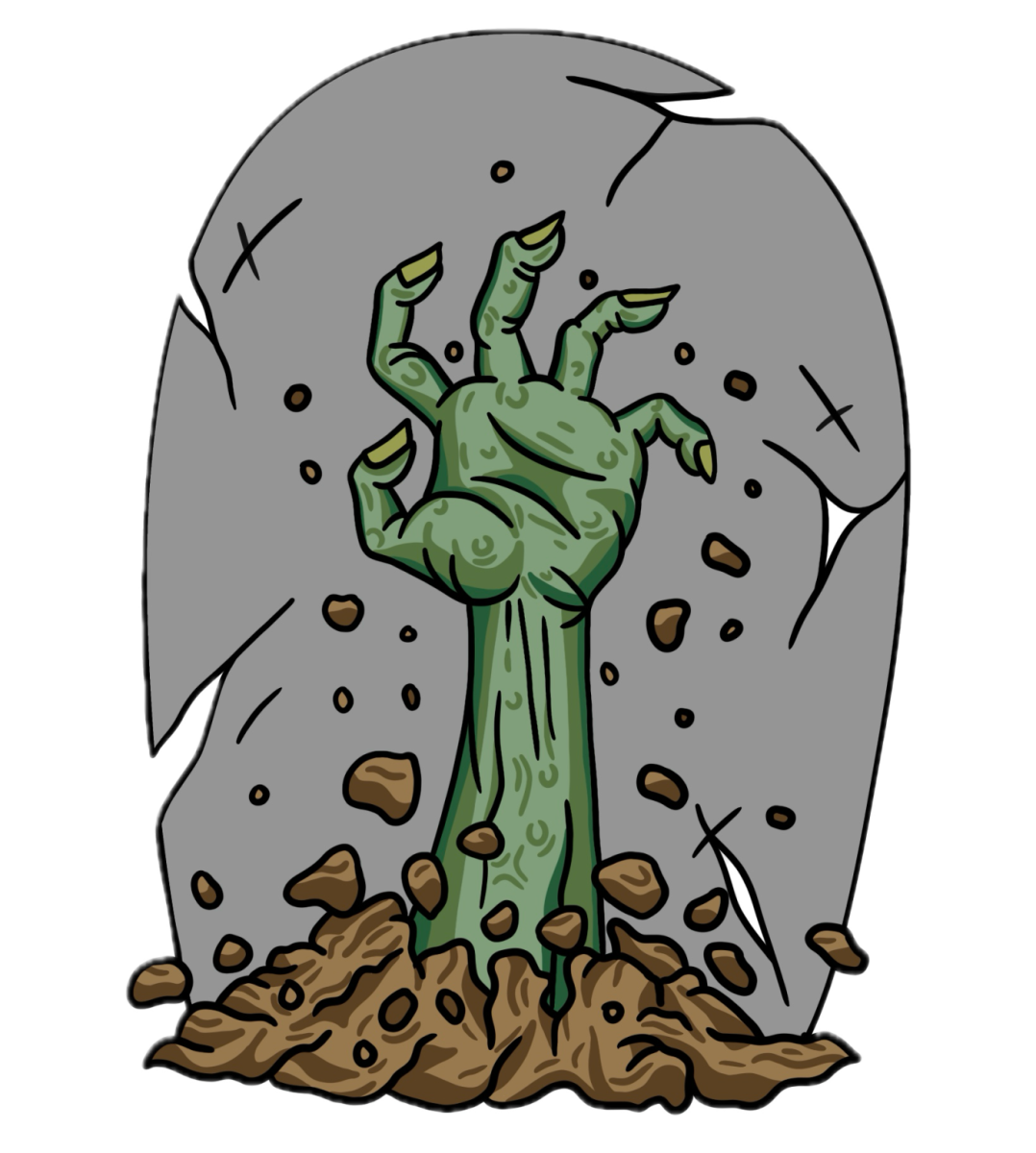
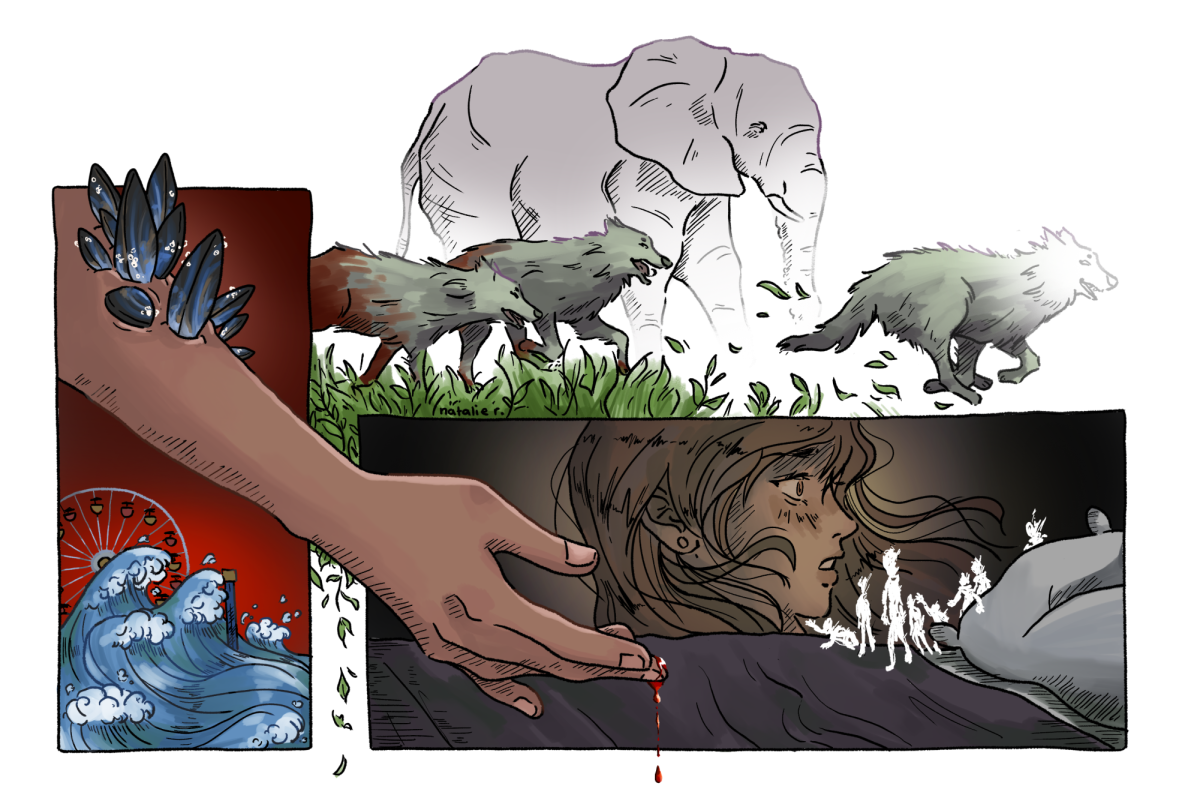


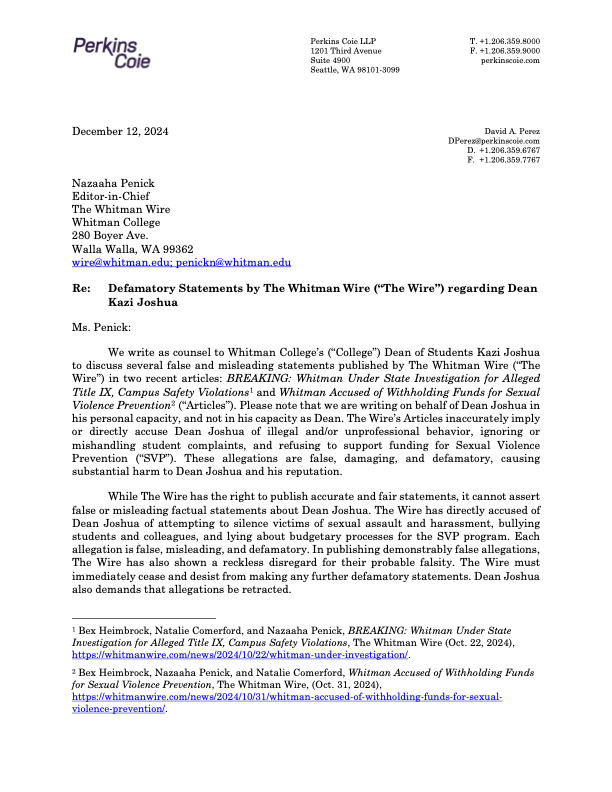
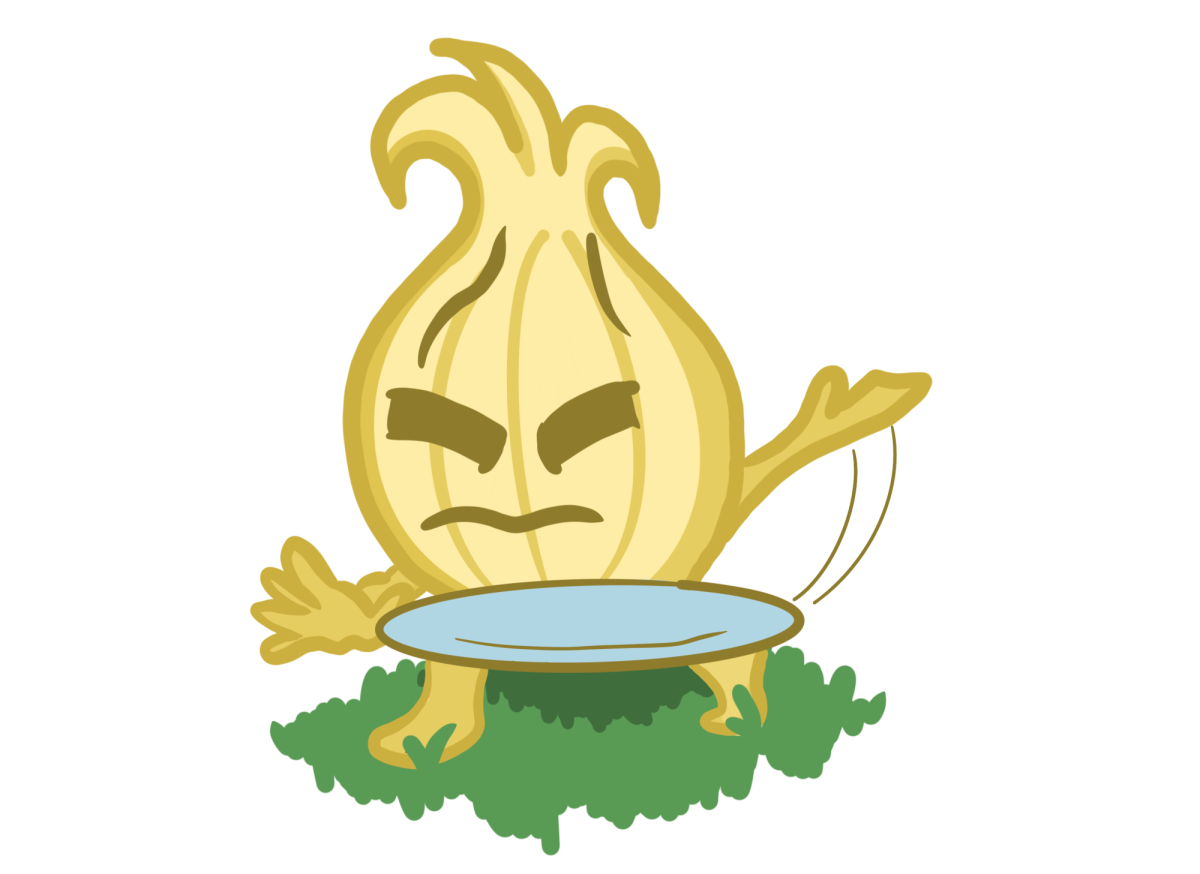

Aaron • Feb 27, 2025 at 7:58 pm
How about methane digesters to compose and produce methane gas for use in lieu of propane?
Williplantsman • Feb 27, 2025 at 4:24 pm
Ecosystems are incredibly complex. So are farming systems, especially when you accept that the marketing system, which is essential, is also complex. Each farmer has to find a way to produce sustainably that is unique to their farm. Sure, there are principles to sustainability, but the sustainable production systems need to work within the unique ecosystem of each farm. Farming is not a simple practice. Farmers deserve credit for taking on the great challenge they face, but especially when they accept the sustainability challenge. They deserve our thanks and support.